This post will explore various recommendations to help you maximize your gardening potential in August.
Vegetables To Plant
As summer begins to wane, several vegetables can still be sown in August for a successful fall crop. The key to planting in this month is selecting crops that match the climate, and Zone 8 gardeners have the advantage of generally mild autumns.
Broccoli
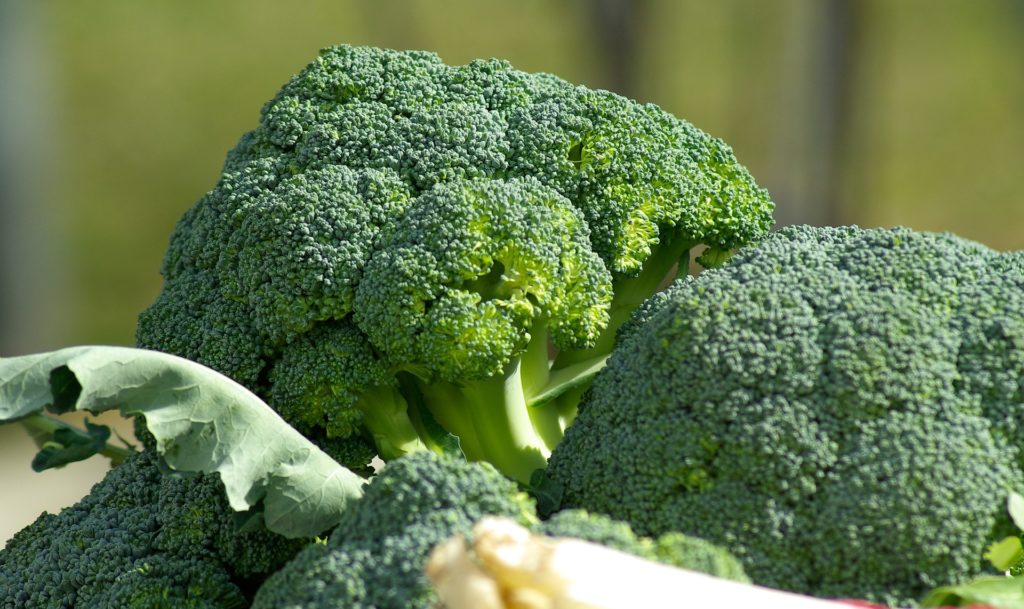
Broccoli thrives in cooler weather and is ideal for planting in early August. Seeds can be sown directly into the garden, as this cruciferous vegetable is well adapted to light frost. Ideal soil temperatures for broccoli range from 65°F to 75°F. Start seeds indoors in mid-July and transplant them outside in early August, or sow them directly in the garden. Broccoli typically matures in 70 to 100 days.
Spinach
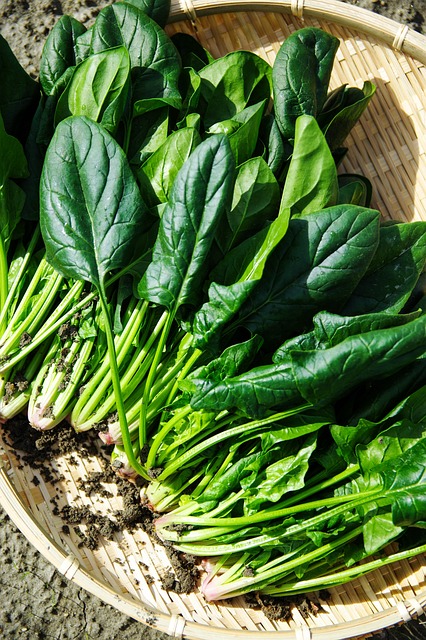
Spinach is perfect for August planting, responding well to the cooler temperatures that follow the summertime heat. Sow seeds directly into the garden about 1/2 inch deep. The ideal temperature for germination is around 50°F to 68°F, making late summer an excellent time. Harvest can take place in about 40 to 50 days. Spinach plants benefit from partial shade in hot weather, so consider planting them in a spot that receives dappled sunlight.
Snap Peas
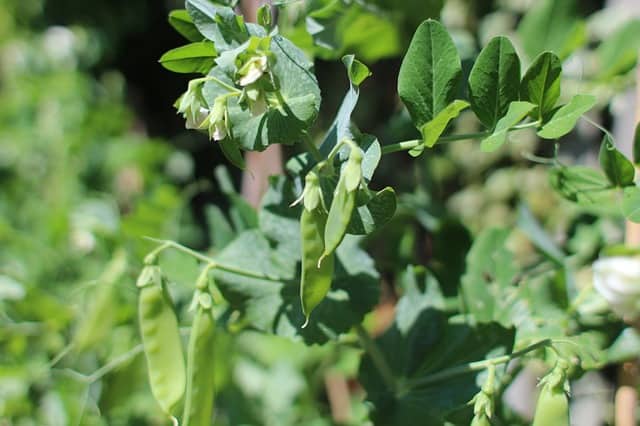
Sweet and crunchy, snap peas should be sown in early August for a fall harvest. They thrive in cool weather, growing best when daytime temperatures remain around 60°F to 70°F. Plant seeds directly in the soil, 1 inch deep and 2 inches apart. Germination occurs within 7-14 days, and they can be expected to mature in about 60 to 70 days. Providing a trellis for climbing varieties supports healthy growth.
Carrots
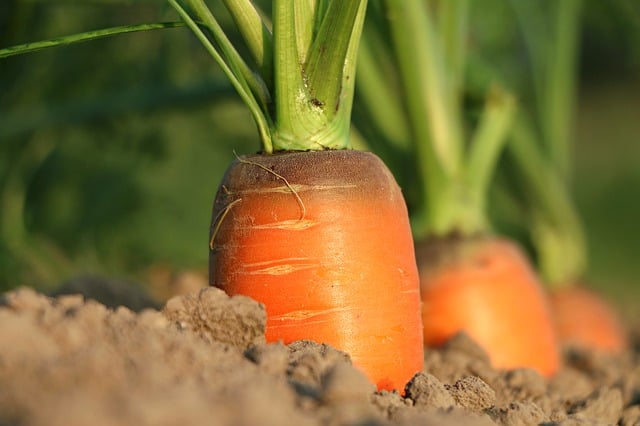
Carrots are a fantastic cool-weather crop and can be sown directly in August. They prefer soil temperatures around 50°F to 65°F; thus, the residual warmth of late summer helps them germinate effectively. Sow seeds about 1/4 inch deep and space them thinly, as they need room to grow. Carrots can take anywhere from 70 to 80 days to reach maturity, making them a rewarding choice for fall.
Beets
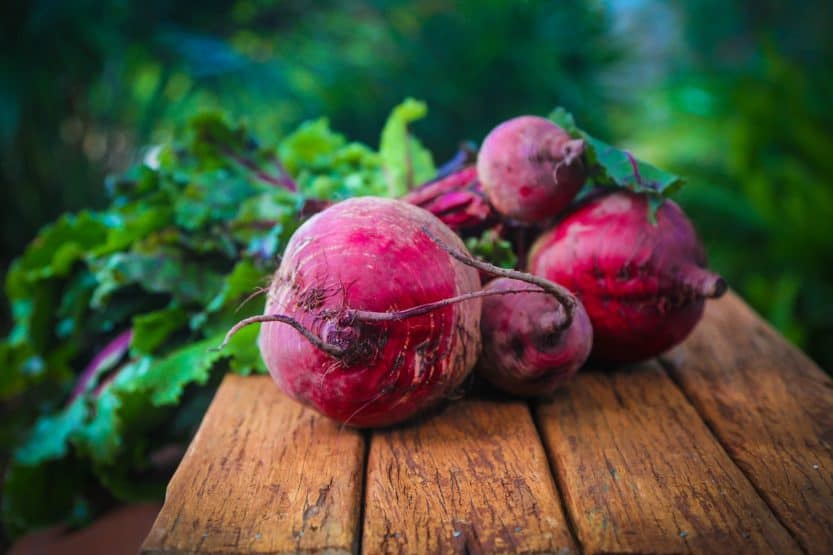
Beets are another superb addition to your August planting list. This root vegetable can be planted as summer transitions into autumn, with seeds sown directly in the ground. Beets prefer cooler temperatures, ideally around 50°F to 85°F. Plant seeds 1 inch apart and about 1/2 inch deep. The greens can be harvested first, followed by the roots, which take about 50 to 70 days to mature.
Kale
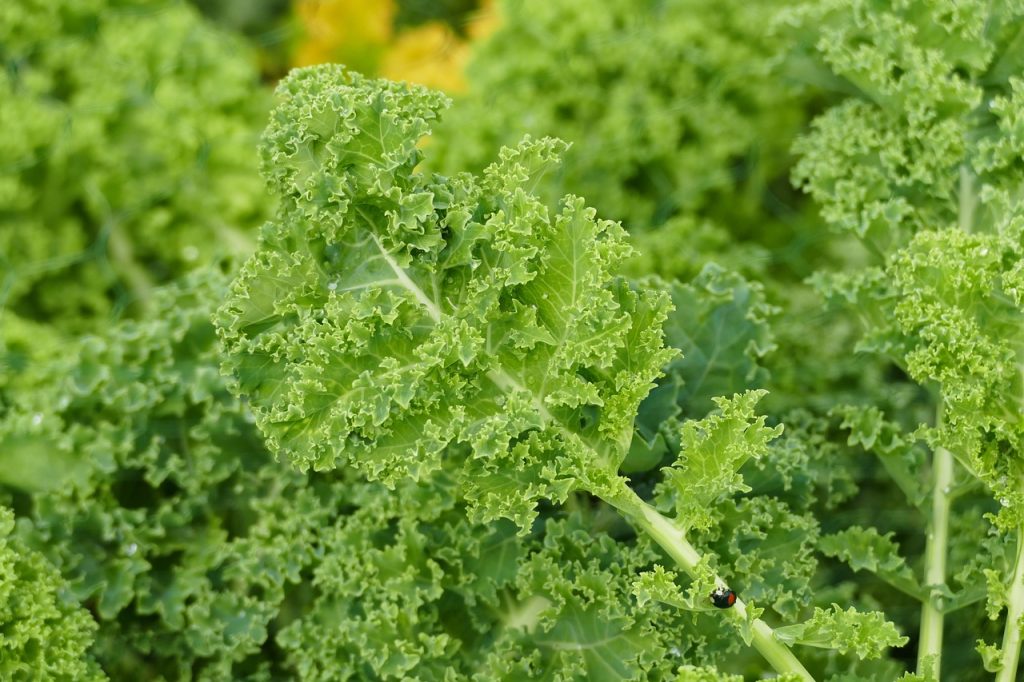
Kale is a hardy green that can withstand cooler temperatures and is perfect for planting in August. Sow seeds directly in the garden about 1/2 inch deep. Kale can tolerate frost and may even taste sweeter after a frost, making it an excellent choice for fall harvest. Ideal temperatures for growth range from 60°F to 75°F, and kale usually matures in about 55 to 75 days.
Radishes
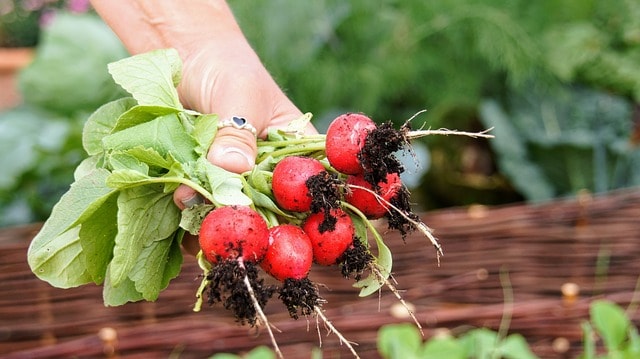
Radishes are one of the fastest-growing crops and can be sown from mid-August through early September. Sowing can be done directly in the garden, with seeds sown just beneath the surface of the soil. They thrive in temperatures ranging from 50°F to 75°F, reaching maturity in just 30 to 45 days. This rapid growth makes them a fulfilling choice for succession planting.
Lettuce
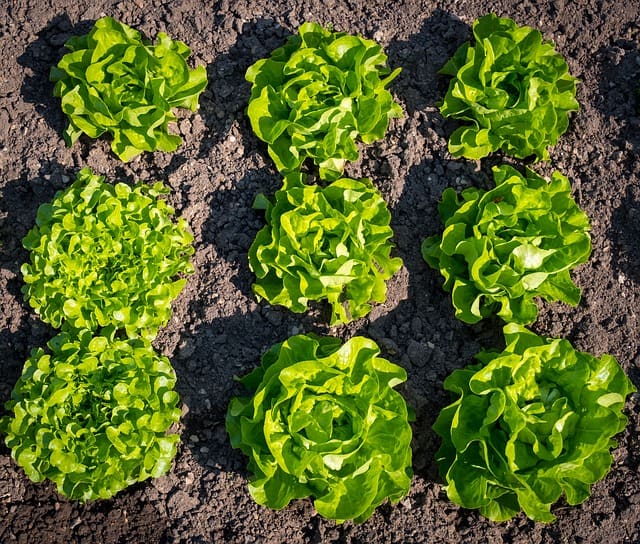
Lettuce can be successfully planted in August, especially heat-tolerant varieties that can thrive with the warm summer soil. Sow seeds directly in the garden, opting for a mix of leaf and head types for diversity. Ideal temperatures for lettuce are between 60°F and 70°F, and they can be harvested in about 30 to 70 days, depending on the variety selected.
Swiss Chard
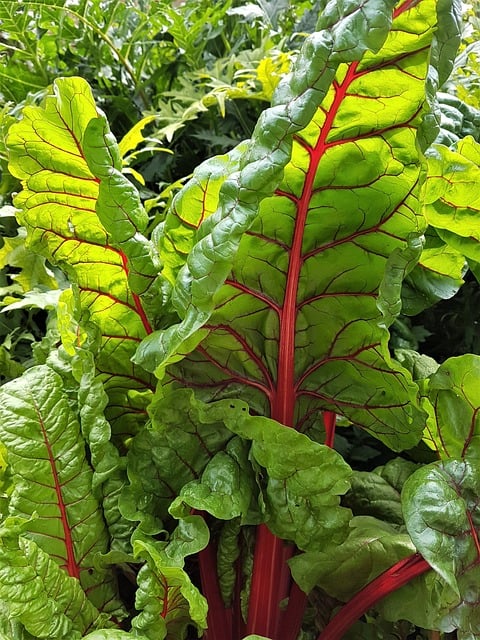
Swiss chard is a robust leafy green that handles summer heat and transitional coolness well. Seeds can be sown directly into prepared soil, and they prefer temperatures ranging from 60°F to 85°F. The beauty of Swiss chard lies in its ability to tolerate both heat and light frost. Expect a harvest from about 50 days after planting, enjoying both the leaves and stems.
Cauliflower
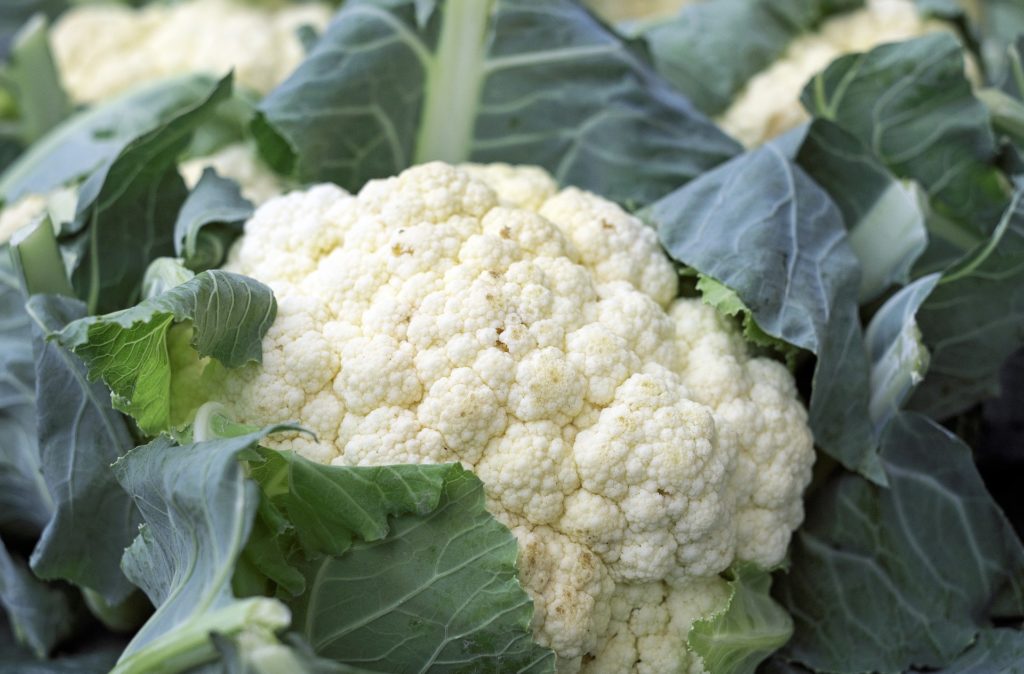
Cauliflower is another cool-season vegetable that can be successfully planted in August. Seeds can be started indoors in late July to early August and later transplanted or sown directly. It prefers cooler temperatures, ideally between 60°F to 70°F. Depending on the variety, cauliflower takes about 70 to 100 days to reach maturity.
Flowers To Plant
August in Zone 8 is a great time to add flowers that can bloom into fall. Choosing the right species can help maintain color and biodiversity in your landscape as summer transitions into autumn.
Mums (Chrysanthemum)
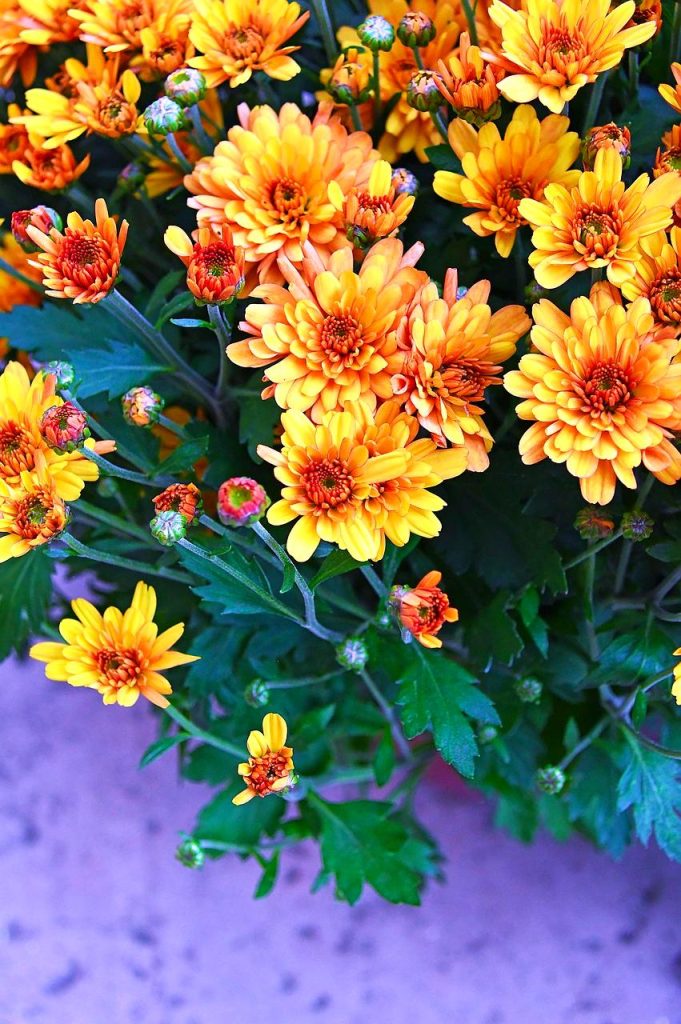
Chrysanthemums, commonly known as mums, can be planted in August to enjoy a spectacular autumn display. Mums thrive in full sun and well-drained soil, and they can withstand temperatures down to the mid-20s°F. Plant them early in the month to allow time for establishment before the weather cools. With proper care, these perennials will bloom beautifully in late summer through fall.
Asters
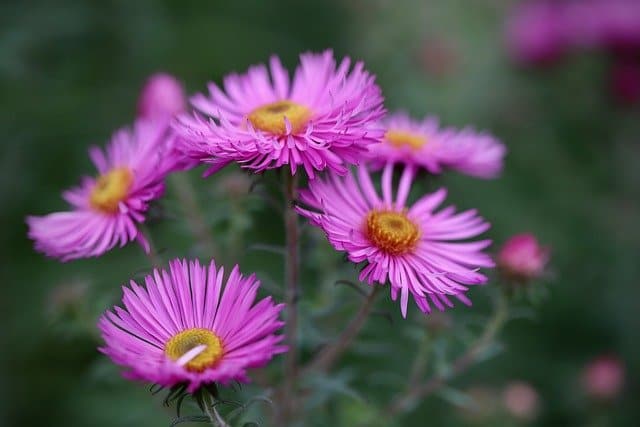
Asters are late-blooming perennials that provide vibrant color from late summer into the fall. Planting them in August allows them to take root as temperatures cool. They prefer full sun to partial shade and can tolerate a variety of soil types but drain best in sandy loam. Asters can thrive in zones as low as 3 through 8 and typically bloom around September.
Pansies
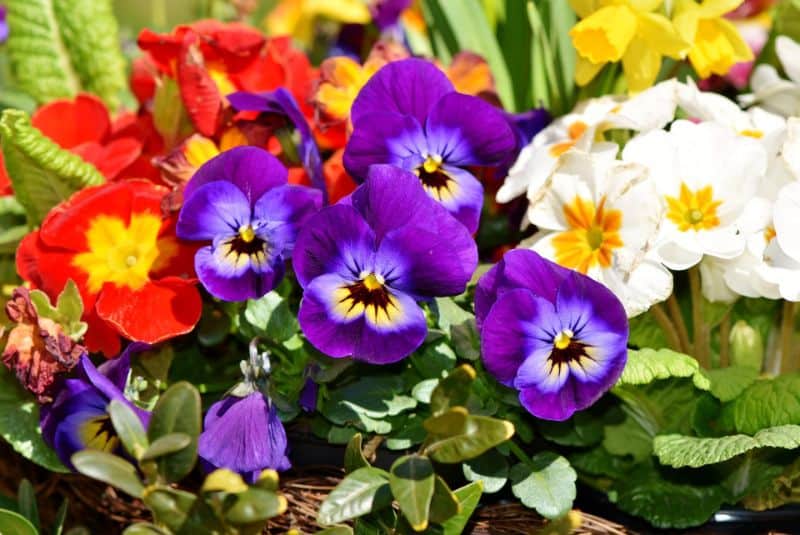
Pansies are ideal for planting in late summer, as they flourish in the cooler temperatures of fall. Sowing seeds or planting seedlings in August can result in vibrant blooms as the weather starts to cool. They prefer well-drained soil and rich organic matter and can tolerate light frosts. Depending on the variety, pansies can bloom from fall through early spring.
Snapdragons
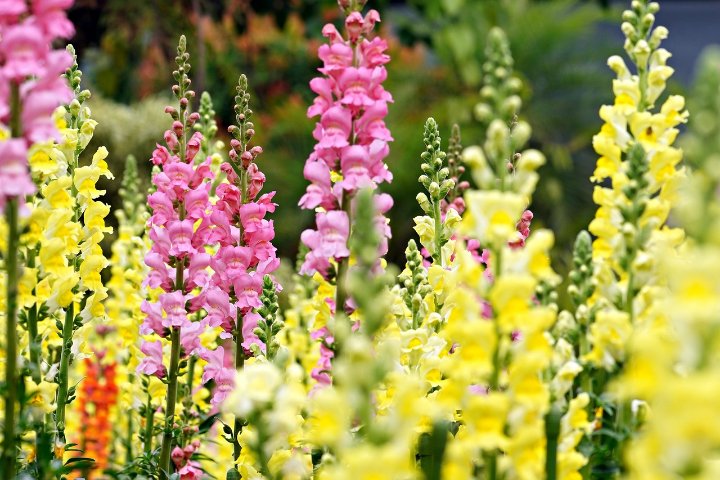
Snapdragons are versatile flowers that can be sown in late summer for blooms in the fall, offering a burst of color as the growing season winds down. Best planted in well-drained soil, they thrive in temperatures between 60°F and 75°F. Snapdragons can be seeded in early August and will create lively blooms in about 6 to 9 weeks.
Coleus
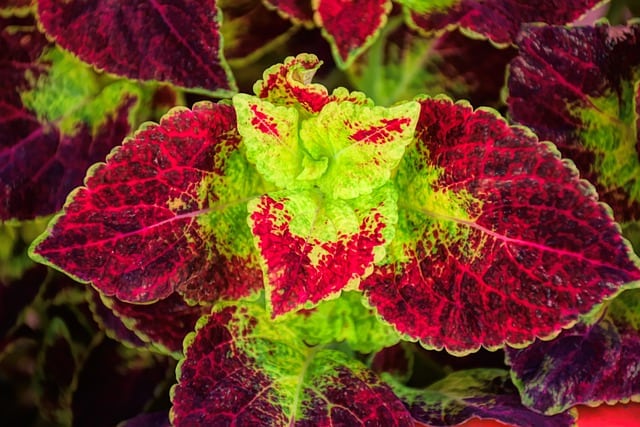
Coleus plants are celebrated for their vibrant foliage and can be planted in August. As a versatile plant, coleus thrives in both full sun and partial shade. While tending to be annuals in cooler climates, in Zone 8, they can behave as perennials if properly cared for. They should be watered regularly, and their colorful leaves can liven up your garden as they provide bold decoration into the cooler months.
Salvia
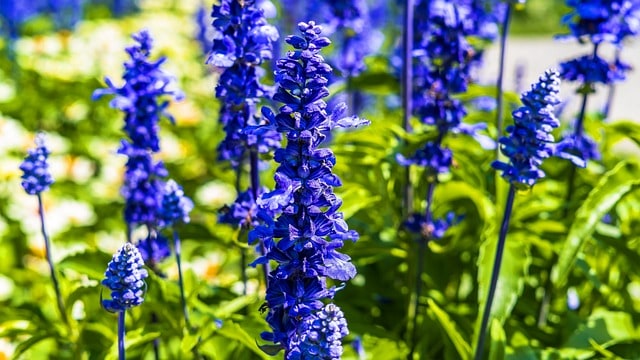
Salvia, particularly varieties like Salvia elegans, are wonderful late-summer bloomers that can add a splash of color and attract pollinators into your garden. These flowers prefer full sun and can tolerate a range of soils, thriving best in well-drained conditions. Planting in August allows them to establish before cooler temperatures arrive. They can bloom well into fall, providing beauty and biodiversity.
Zinnias
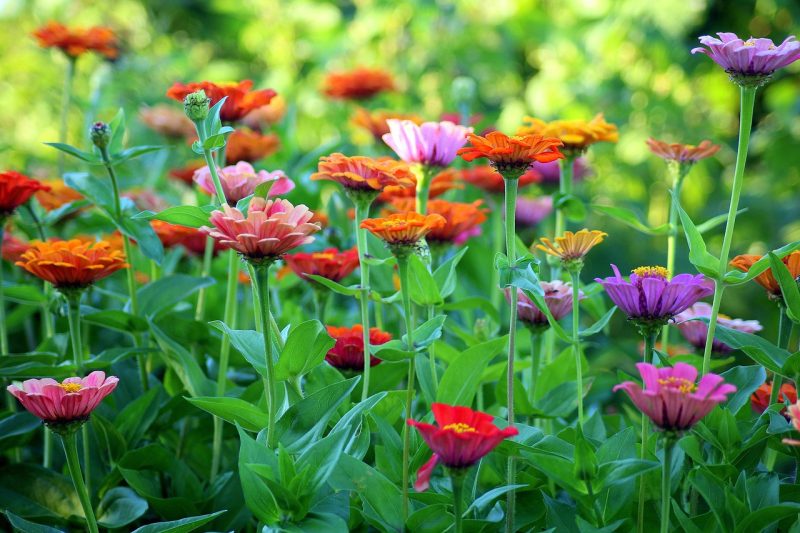
Zinnias are known for their resilience and stunning array of colors. Late August is an ideal time to plant zinnia seeds directly in the garden. They thrive in warm weather, and soil temperatures around 70°F to 85°F are ideal. Germination is quick, typically between 7 to 14 days, and they can bloom in about 60 days, often showing brilliant flowers into the fall months.
Ornamental Kale
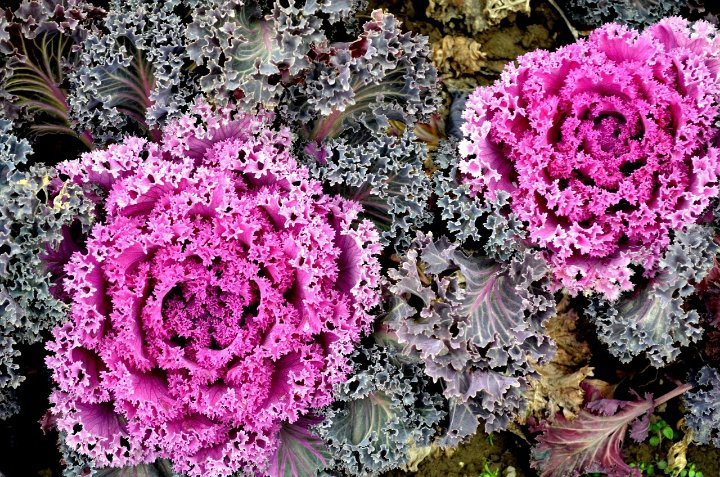
Ornamental kale adds striking visual interest to fall gardens. Plant in August for a vibrant fall display; it prefers cooler temperatures and can handle light frosts. These annual plants thrive in well-drained soil and full sun or partial shade. They take about 8 to 11 weeks to reach maturity and are known for their colorful leaves, offering unique shapes and hues.
Black-Eyed Susans
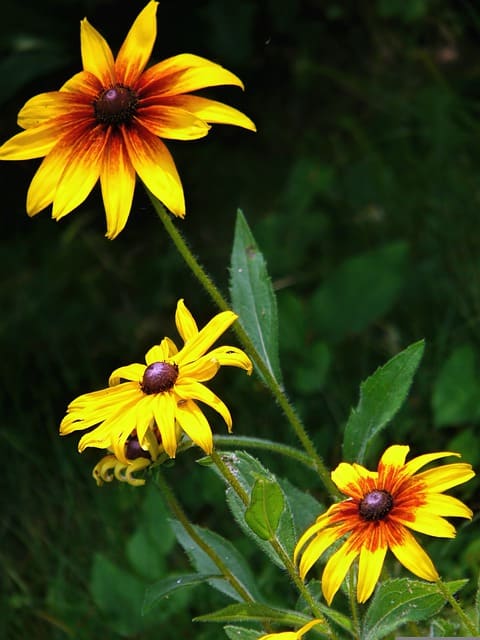
Black-eyed Susans are hardy perennials that can be planted in August for a late summer and fall display. They thrive in sunny areas and can adapt to various soil types, flourishing best in well-draining conditions. These colorful blooms provide essential resources for pollinators and can withstand a range of weather, making them a great choice for bringing life to any garden space.
Sweet Alyssum
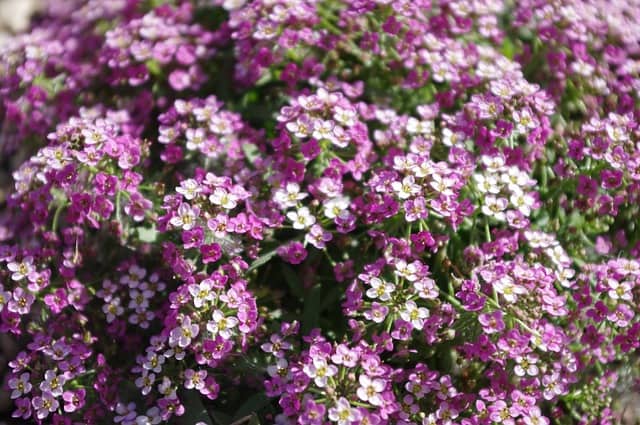
Sweet Alyssum is perfect for planting in late summer. This beautiful flower can handle a variety of temperature ranges but prefers cooler temperatures. Sow seeds directly into the garden in August, ensuring well-drained soil and adequate sun exposure. It will produce fragrant white, pink, or purple flowers that can fill in gaps and create a lovely, aesthetically pleasing garden space as the weather begins to cool.
Herbs To Plant
August presents a golden opportunity for herb gardeners in Zone 8 as many herbs thrive in the remaining weeks of summer and into fall. These fragrant plants can ensure continuous harvest into the cooler months.
Basil
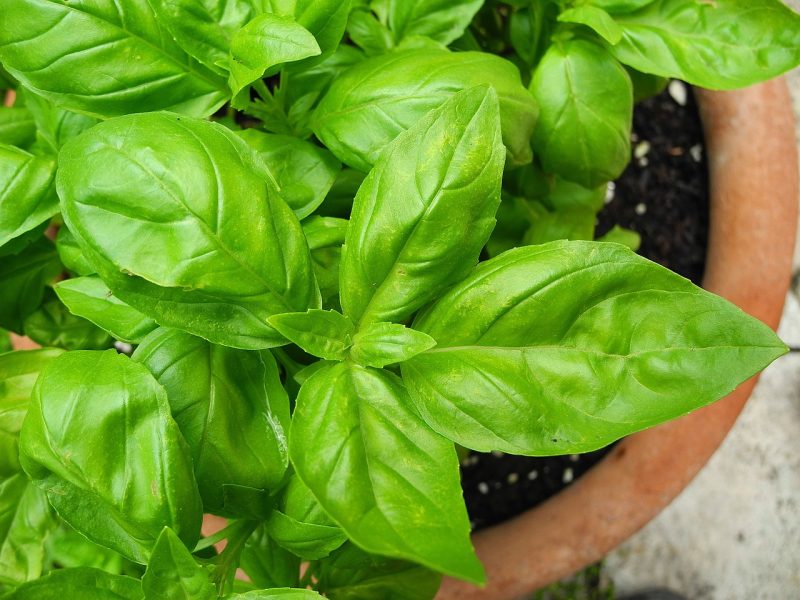
Basil is a favorite herb for many gardeners and can still be planted in August. This aromatic herb loves warm temperatures, ideally around 70°F to 90°F, making it suitable for late summer planting. Sow seeds directly in well-drained soil or transplant established seedlings. With proper care, basil can be harvested within 60 days before the first frost.
Cilantro
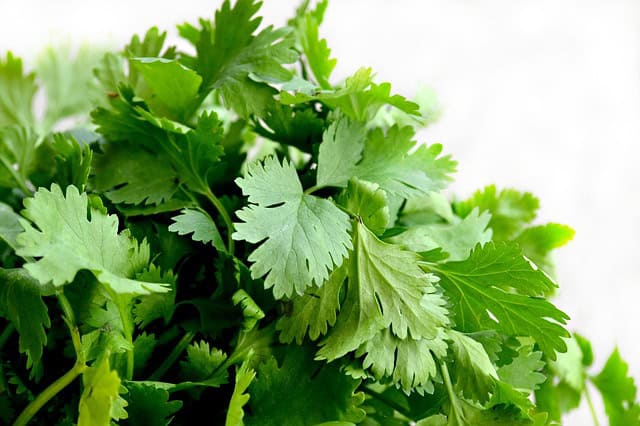
Cilantro is best grown in cooler weather and can be planted in August for a fall crop. This herb prefers temperatures of 50°F to 85°F and can be sown directly into the soil, spaced about 2 inches apart. Cilantro typically takes about 3 to 4 weeks to germinate, with harvestable leaves within 30 to 40 days.
Dill
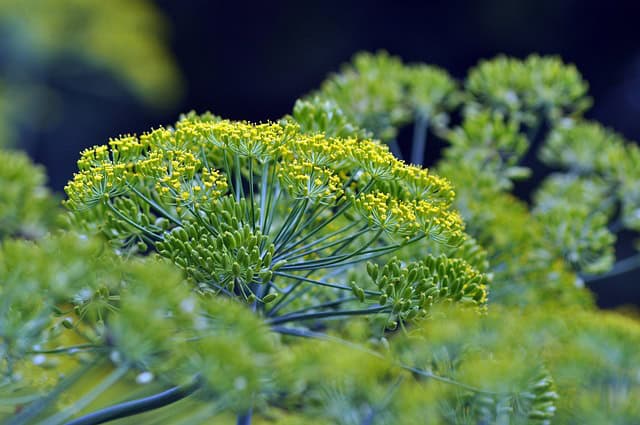
Dill can be successfully planted in August. Ideal soil temperatures for dill range from 60°F to 75°F. Plant seeds directly in the garden, ensuring they are spaced about 12 inches apart. Dill usually reaches maturity within 40 to 60 days. Its tall, lacy appearance enhances garden aesthetics, and its aromatic leaves add flavor to various dishes.
Chives
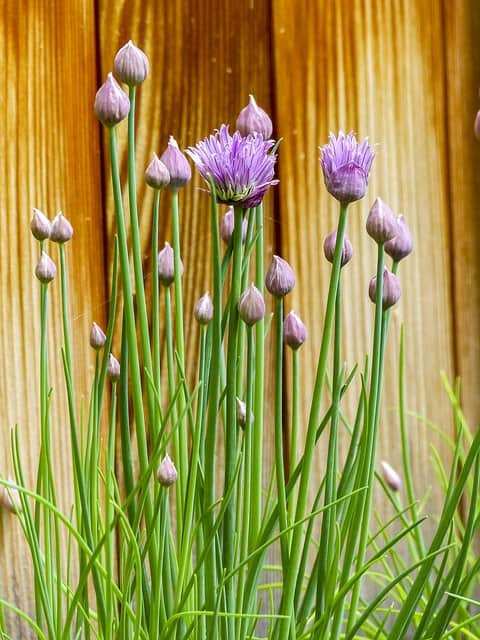
Chives are hardy perennials that can be planted in August, thriving in temperatures ranging from 50°F to 75°F. Chives can be directly seeded or transplanted to a prepared garden area. They will develop rapidly, reaching maturity in about 60 days. Their delicate, green leaves and purple flowers make for both an attractive and culinary-friendly addition to the garden.
Oregano
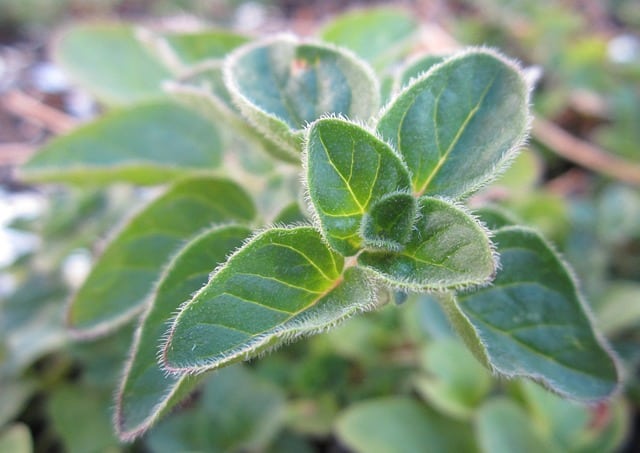
Oregano is a versatile perennial herb that thrives in well-drained soil and provides a robust flavor to many cuisines. Plant oregano seeds in August, as the herb prefers warmer temperatures, around 60°F to 70°F. Oregano can be sown directly, reaching harvestable maturity within 70 days. With time, it can provide a continuous harvest through fall.
Parsley
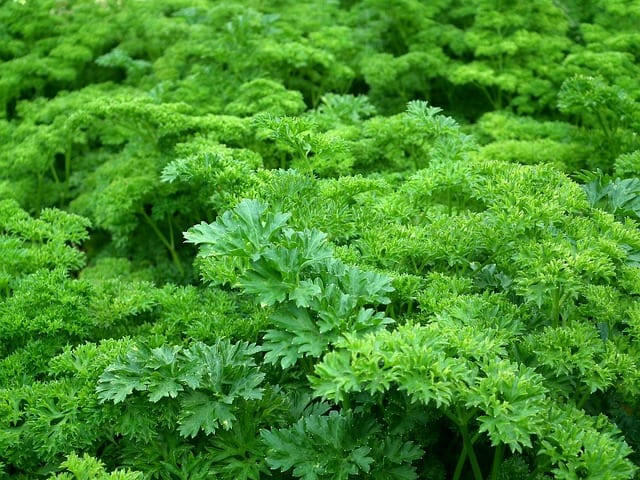
Parsley can be successfully sown in August for a late fall harvest. The herb thrives in well-drained soil and can withstand minor temperature variations. It prefers temperatures of 60°F to 75°F and takes about 70 to 90 days to grow to maturity. Plant parsley seeds about 1/4 inch deep, spaced approximately 6 to 12 inches apart.
Thyme
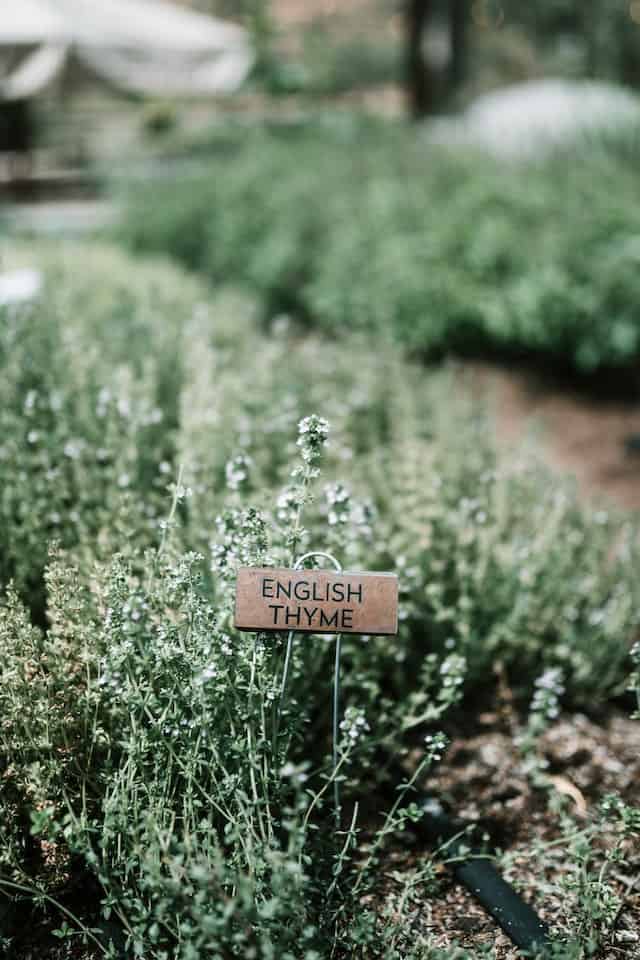
Thyme is a resilient perennial herb that can be planted in August. It thrives in sunny locations and well-drained soil, with a temperature range of 60°F to 75°F being ideal. As it grows, thyme tends to become more flavorful, and after about 60 days, you can start harvesting the leaves for culinary or medicinal use.
Mint
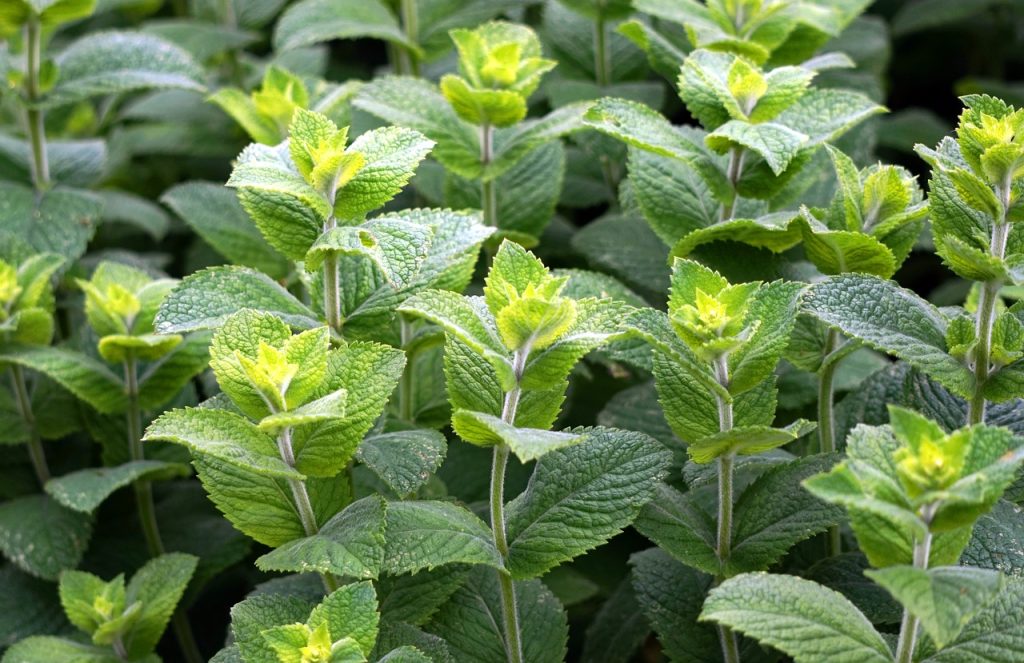
Mint is a vigorous and adaptable herb that can be planted in August. As a perennial, it thrives in a range of temperature conditions. Mint prefers well-drained soil and can handle both sun and shade, growing best with at least 4 to 6 hours of sunlight per day. It typically takes about 70 days to reach full growth and can ensure fresh leaves well into the cooler months.
Tarragon
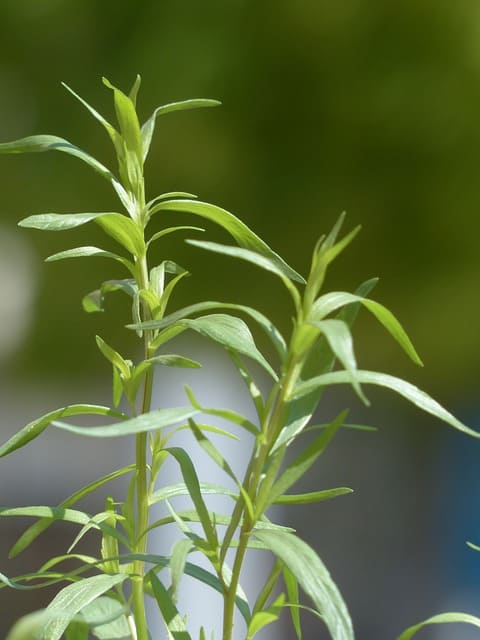
Tarragon is a sophisticated herb popular in culinary applications, particularly in French cuisine. Planting in August allows it to establish as autumn approaches. It prefers well-draining soil and can tolerate a range of conditions, flourishing best in temperatures between 60°F and 75°F. Expect to harvest leaves around 60 to 70 days after planting.
Lemon Balm
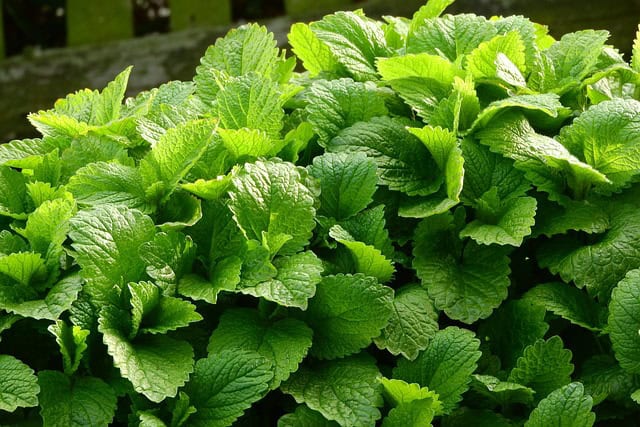
Lemon balm is a refreshing herb valued for its aromatic flavor. Late summer is a great time to plant this perennial herb in Zone 8. It thrives in well-drained soil and will adapt well to various light conditions though prefers partial sun. With a germination period of around 7 to 14 days and a maturation time of about 70 days, lemon balm can provide refreshing flavor and aroma through the fall.
Landscape Plants To Plant
August is also an excellent time to install landscape plants that can bloom late in the season and prepare for autumn. With the right choices, you can enhance your garden’s beauty and create a stunning outdoor space.
Japanese Maple
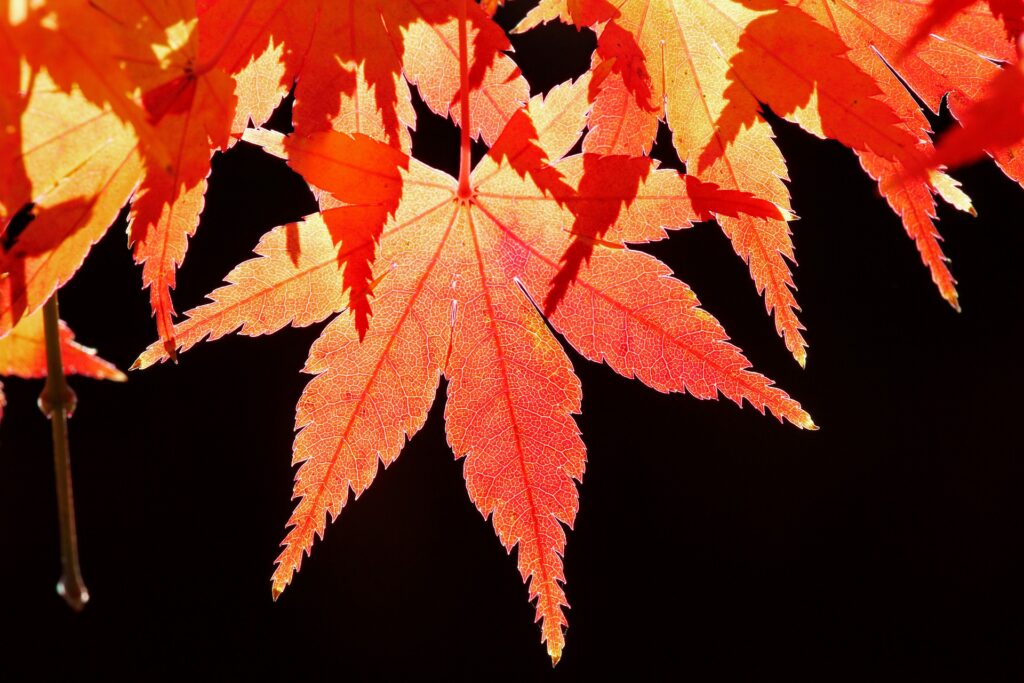
Japanese Maples are a stunning ornamental tree that can be planted in August. They thrive in well-drained soil and partial shade, preferring a temperature range between 65°F and 75°F. Their unique leaf shapes and vibrant colors add interest to any landscape. Proper watering during establishment is crucial, especially in the summer heat.
Dogwood
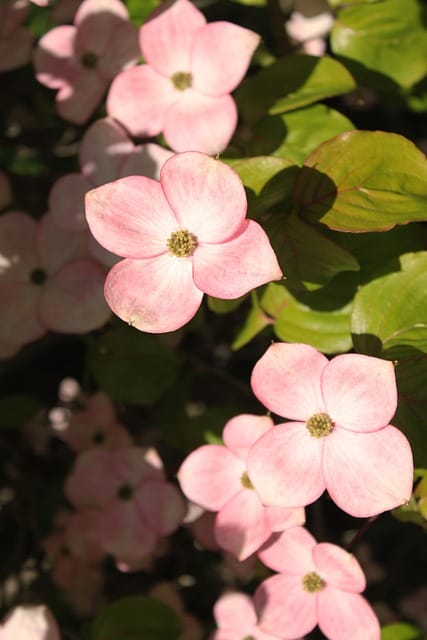
Dogwood trees are elegant additions to any garden, capable of adapting to temperatures ranging from 40°F to 90°F. Plant dogwoods in well-drained soil and partial sun for optimal growth. Late summer planting allows them to get established before the winter frost. Dogwoods also offer beautiful blooms in spring and stunning fall foliage, making them a year-round asset.
Hellebores
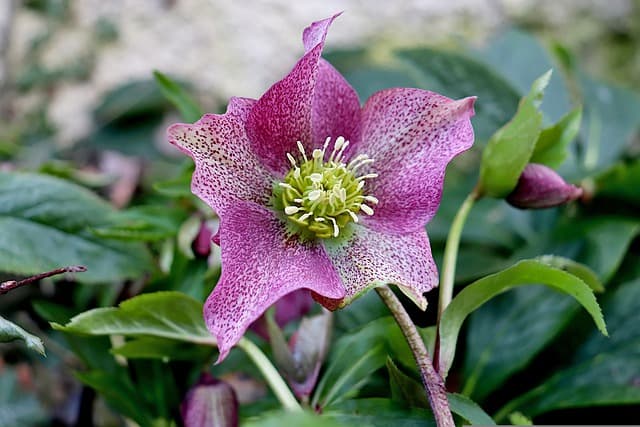
Hellebores, also known as Lenten roses, can be planted in late summer for gardens that bloom in winter and spring. They prefer shaded or partially shaded locations, thriving in rich, well-draining soil. Hellebores can endure cold winters down to zone 3, making them incredibly hardy. They also bloom during the winter months, providing vital color when many other plants are dormant.
Ornamental Grasses
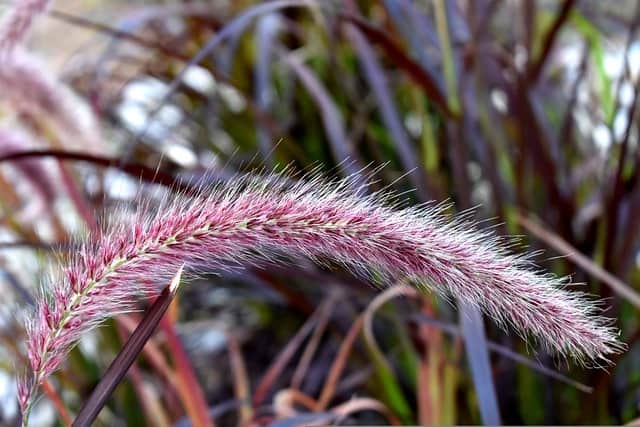
Ornamental grasses add texture and movement to landscapes; planting in August allows these plants to establish roots before the cooler weather sets in. Varieties like Miscanthus and Pennisetum perform best in well-draining soil. They can withstand temperatures as low as 20°F and provide beauty all through autumn, with many flowering and providing seed heads for winter interest.
Butterfly Bush (Buddleia)
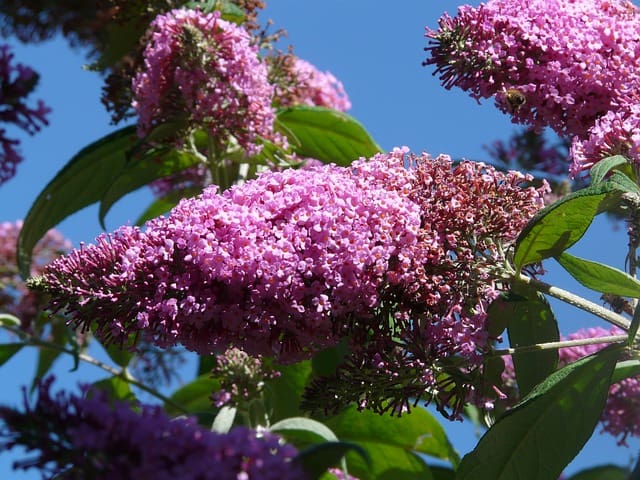
Planted in August, butterfly bush attracts pollinators, filling your garden with life and color. They thrive in well-drained soil and plenty of sun, making them ideal for warm temperatures ranging from 70°F to 85°F. Leaves can get a bit droopy in the heat, so regular watering ensures these plants establish and bloom well into fall.
Encore Azaleas
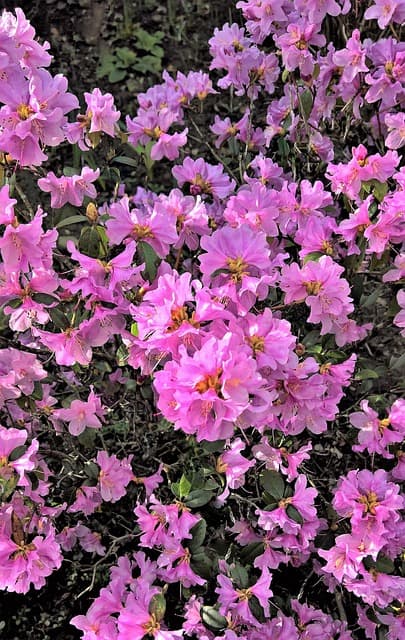
Encore Azaleas are valuable for their ability to bloom multiple times throughout the year, making them perfect for planting in August. They flourish in well-drained soils and can handle a temperature range of 40°F to 90°F. By planting in late summer, these perennials can establish before the fall, brightening landscapes with colorful blooms.
Hydrangeas
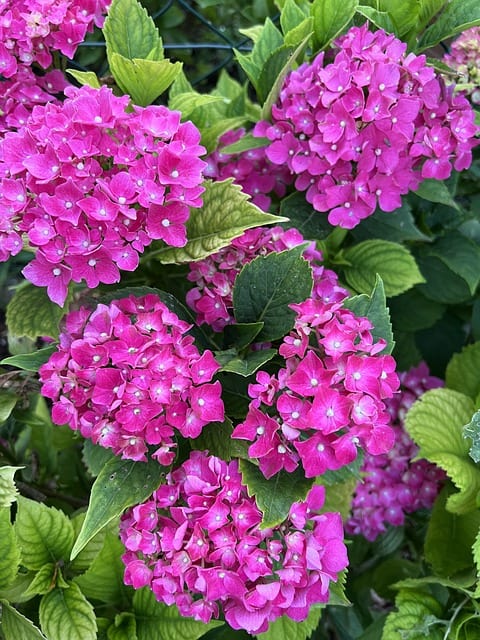
Hydrangeas are versatile flowering shrubs that flourish in a range of soils. Summer is a good time for planting in Zone 8, and they benefit from amended soil with organic matter. They thrive in temperatures from 60°F to 85°F and will bloom, providing large, showy flowers in summer that can hold their color well into fall, depending on the variety.
Chaste Tree (Vitex)
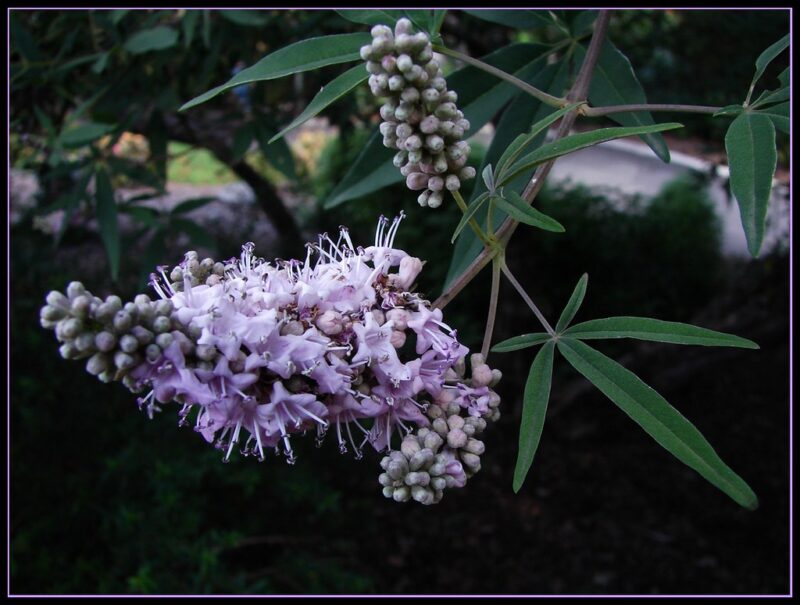
The Chaste Tree is an aromatic shrub that attracts pollinators and adds interest to your landscaping. Planting in August allows it to establish roots before the cooler weather rolls in. It thrives in full sun, preferring well-drained soil and temperatures ranging from 70°F to 90°F. As it matures, the Chaste Tree will produce stunning purple flower spikes.
Coreopsis
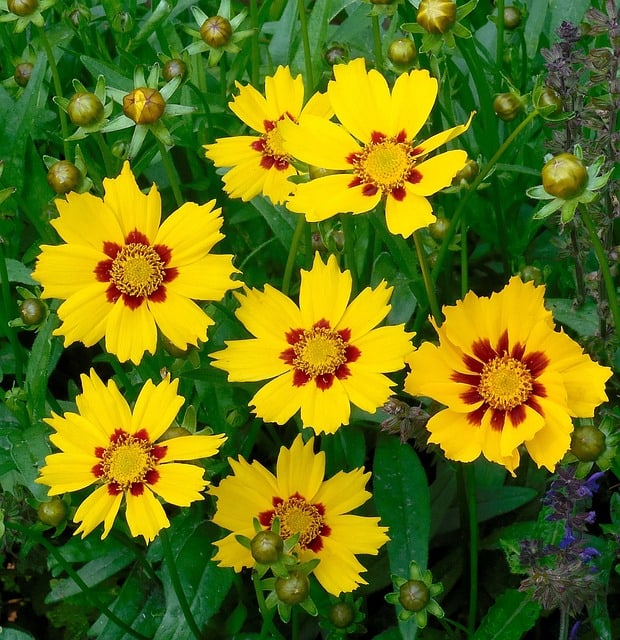
Coreopsis is a hardy perennial flower that is an excellent choice for planting in August. They thrive in full sun, preferring dry to average soil types and can handle hot temperatures ranging from 60°F to 95°F. Coreopsis blooms abundantly from summer into fall, creating a vibrant display that attracts bees and butterflies.
Yucca
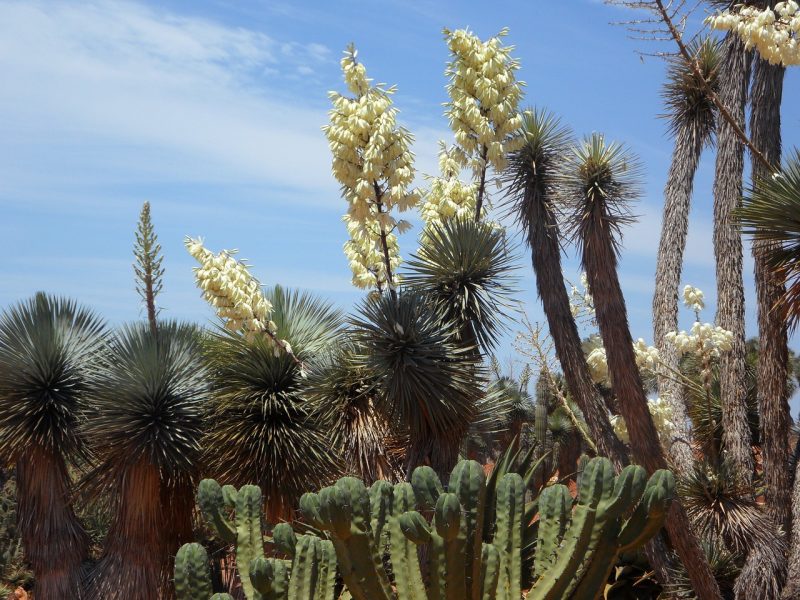
The Yucca plant is a drought-tolerant perennial that can be successfully planted in August. It thrives in well-drained soils and does well in sunny conditions, tolerating temperatures from 60°F to 100°F. This unique plant will not only provide architectural interest to your landscape but will also produce dramatic flower spikes.





